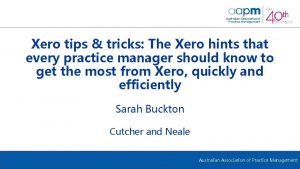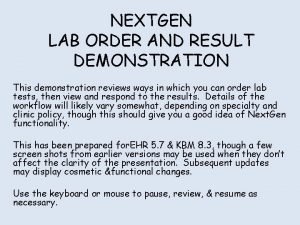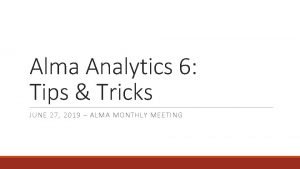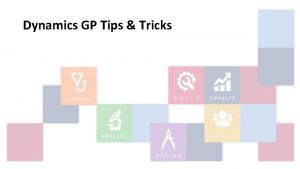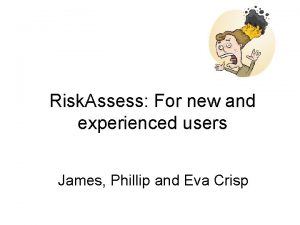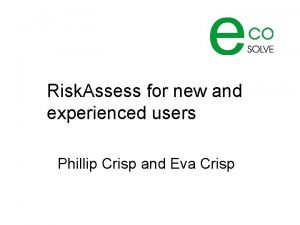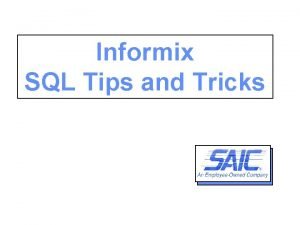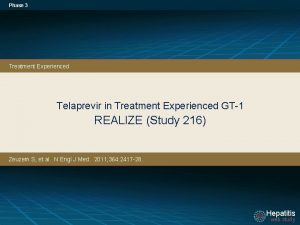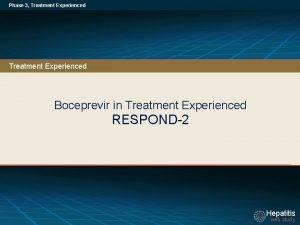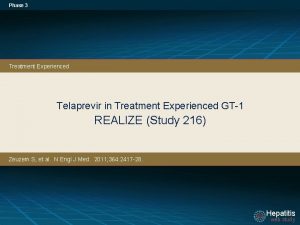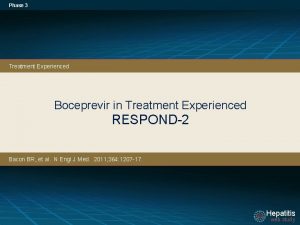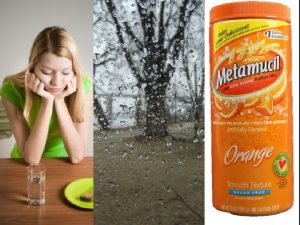Risk Assess tips and tricks for experienced users


















- Slides: 18

Risk. Assess: tips and tricks for experienced users Phillip Crisp and Eva Crisp

1800 schools VIC: 449 (78%) 430 schools VIC: 109 (19%) 170 schools VIC: 0 (0%)

Menu Shortcuts and ease new look, colours, login, hcl part name, click banner links, hot links, Biological&Food Scheduling download csv (for any dates) CARA: high & extreme Tools customise year groups stocktaking & usage, TI, link RA and SRA Resources learning resources questions and answers e. Book Labels standard & custom labels commercial products (others) mixtures, non-chemicals free text, biohazard pictogram Operations reschedule experiments archive risk assessments, icons labtech-only risk assessments annual review, backup, delete CARA: 3 rd reviewer Student Risk. Assess view student PINs, not last year Multiple classes author update/modifiable copy


GHS Internationally agreed system (UN, esp. Europe) • Classification of - physical hazards, e. g. flammability - health hazards, e. g. carcinogenicity - environmental hazards, e. g. acute aquatic toxicity • Labelling with - 9 new hazard pictograms - signal words - hazard statements - precautionary statements • Safety Data Sheets (SDSs) with - updated & more extensive information

Literature • The Purple Book “Globally Harmonized System of Classification and Labelling of Chemicals (GHS)” 561 pp, 3. 2 MB download as pdf - official text, Australia using Rev. 3 (2009), but Rev. 7 (2017) latest • The Companion Guide “Understanding the Globally Harmonized System of Classification and Labelling of Chemicals (GHS)” 89 pp, 0. 9 MB download as pdf - easy-to-read summary and learning tool, from UNITAR website www. unece. org Our Work/Transport/Dangerous Goods: “GHS official text and corrigenda” GHS (Rev. 7) 2017 [one document] or GHS (Rev. 3) 2009 [in pieces] or obtain the latest version directly at www. unece. org/trans/danger/publi/ghs_rev 07/07 files_e 0. html

Label for original container Product identifier (e. g. name) Proper shipping name & UN Number (if Dangerous Good) Name, address and phone number of Australian importer or manufacturer Identity and proportions, if a mixture Signal word e. g. Danger or Warning Hazard Statement Hazard Pictogram Precautionary Statements Any other information, e. g. first aid & emergency procedures Expiry date of the chemical, if applicable



Label for a “Decanted or transferred hazardous chemical” “must, at a minimum, be written in English and include the following: • the product identifier, and • a hazard pictogram or hazard statement consistent with the correct classification of the chemical” Guidelines for minimum text and pictogram size: Volume < 500 m. L to 5 L Text 2. 5 mm 3 mm Pictogram 15 mm 20 mm [Safe Work Australia “Labelling of Workplace Hazardous Chemicals Code of Practice” March 2015, adopted in every jurisdiction except WA; VIC indirect] Risk. Assess follows the Code of Practice for labelling!

HCIS Hazardous Chemical Information System www. hcis. safeworkaustralia. gov. au You can “Search Hazardous Chemicals” using • chemical name (sometimes use weird names!) • CAS Registry Number (more reliable) Provides recent information on classification and labelling No solution information

ECHA European Chemicals Association http: //echa. europa. eu/information-on-chemicals/clinventory-database Classification and Labelling (CL) Inventory • notifications by chemical companies in Europe of classifications according to GHS criteria • harmonised classifications Provides latest information on classification and labelling Some solution information Clumsy to use, due to need to translate codes

Solutions Experimental data available only for common industrial chemicals (e. g. Na. OH) Otherwise, a solution is regarded as mixture, with water as an inert diluent. GHS rules for mixtures apply. See https: //www. riskassess. com. au/docs/GHSdata. Solutions. pdf for a summary of the process

Risk. Assess data Pure chemicals (>1200) ECHA data “Harmonised classification”, if available If not, most common classification (more conservative, if two) Solutions (>1000) ECHA data “Specific concentration limits”, if available. If not, application of GHS rules for mixtures to ECHA data for pure chemical Risk. Assess data updated following ECHA updates! Risk. Assess data may not agree with • data from other sources, or • old data

Standard Labels • For pure substances and aqueous solutions • For common indicators/dyes in aqueous alcohol and for common reagents • Automatically uses information from Risk. Asssess database to generate labels • Automatically calculates solution labels based on the concentration you enter • Options for colour spots and “SDS available”

>100, 000 label sheets downloaded by 1800 secondary schools since 25/9/16

Custom Labels • For commercial products, using data from SDSs • For mixtures of chemicals not in the Risk. Assess database (calculate yourself) • Allows you to make any GHS label, by selecting signal word, pictograms and hazard statements • GHS checking of signal word and pictograms • options for colour spots and “SDS available”

 Trackball and thumbwheels
Trackball and thumbwheels Xero practice manager demo
Xero practice manager demo Alteryx tips and tricks
Alteryx tips and tricks Nextgen orders
Nextgen orders Fmsi login
Fmsi login Igcse english language tips
Igcse english language tips Homework
Homework Navision tips and tricks
Navision tips and tricks Chemdraw stationery document
Chemdraw stationery document Alma analytics tips and tricks
Alma analytics tips and tricks Magento tips and tricks
Magento tips and tricks Stata tips and tricks
Stata tips and tricks Data analysis tips and tricks
Data analysis tips and tricks Matlab tips and tricks
Matlab tips and tricks Ptc manufacturing apps
Ptc manufacturing apps Accessibility tips and tricks
Accessibility tips and tricks Google scholar tips and tricks
Google scholar tips and tricks Qlik sense tips
Qlik sense tips Gp tips and tricks
Gp tips and tricks

